Out Now
The Resources Issue
Current Issue
The Resources Issue
Feb-Mar 2025
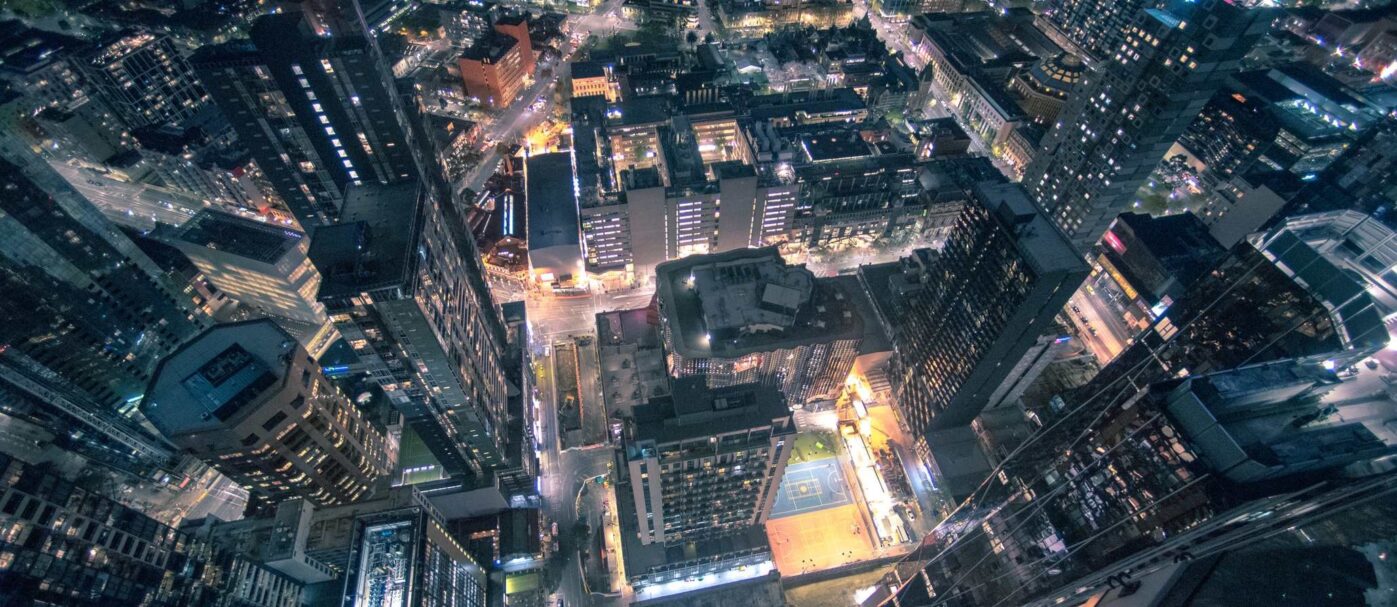
A nuanced approach to lighting design and planning can lay the foundation for sustainable urban areas. Here’s how.
It’s not surprising that poorly designed public lighting can impact the environment – from causing light pollution and sky glow to affecting humans, plants, and animals, lighting also contributes to the high use of energy resources associated with CO2 emissions.
Moreover, public lighting comprises 19% of the world’s total electricity consumption, with street lighting accounting for one of the largest energy costs in a public budget. Clearly, energy efficiency is an essential consideration in urban light planning and in creating sustainable cities.
So, what kind of lighting can be used that minimises light pollution and its harmful effects and addresses human safety and economic growth at the same time?
Outdoor lighting is a vital tool in building sustainability, and a more nuanced approach to lighting design and planning – which takes into consideration natural and environmental concerns – can lay the foundation for sustainable urban areas.
As a result, many systems are switching to modern lighting technology using LED, which achieves energy savings of 50-70% compared to older lighting systems. It is estimated that a global transition to energy-efficient LED outdoor lights can avoid 245 million tonnes of CO2 emissions and prevent 221 power plants from being built.
says Damian Dawson, Director at Planning Chambers, a specialist town planning consultancy, and Accredited Planner.
While switching to LED streetlights can cut energy consumption, cities can go a step further and integrate LEDs with smart technology to reduce wasteful and excessive use of energy and lights. The remote management of intelligent lighting means the lights can be switched on, dimmed or switched off at appropriate times, improving public safety and energy efficiency.
But transitioning to LEDs is not as simple as it seems, with evidence showing that LED installations have worsened light pollution. One contributing factor is the excessive use of bright white LED lights, which contain a high amount of light on the blue spectrum.
This blue light pollution not only has a negative effect on our circadian rhythm and health, but also affects the biological processes of insects, birds, and animals, and exacerbates the problem of sky glow (the brightness of the night sky in a built-up area as a result of light pollution).
A possible solution to improve sustainability could be to switch to less blue-rich colour temperatures, such as warmer white LEDs, which are already being embraced in a few parts of the world.
Other solutions, such as dark sky conservation, light zoning and planning, urban greening, and establishing nightscape design standards and regulations, along with the use of smart technologies, can benefit both the environment and the humans that live in it.
Ultimately, if a project is aiming for a higher level of energy or sustainability rating, this is a consideration for developers to make.
Keep up to date with our latest news and competitions by subscribing to our regular newsletter.

Issue 184
DEC 24 - JAN 25

Issue 183
OCT - NOV 2024

Issue 182
AUG - SEPT 2024

Issue 181
JUN - JUL 2024
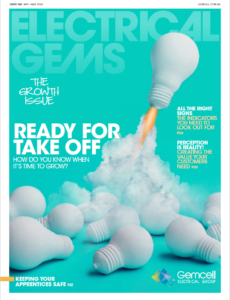
Issue 180
APR - MAY 2024

Issue 179
FEB - MARCH 2024
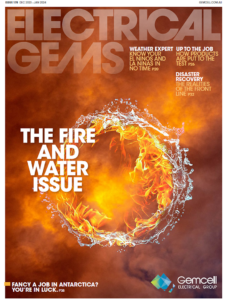
Issue 178
DEC 2023 - JAN 2024
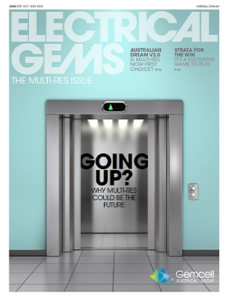
Issue 177
OCT - NOV 2023
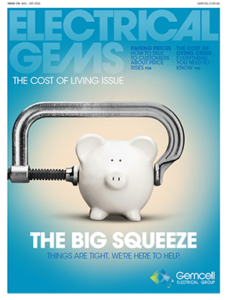
Issue 176
AUG - SEPT 2023

Issue 175
JUN - JUL 2023
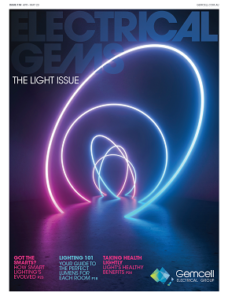
Issue 174
APR - MAY 2023

Issue 173
FEB - MAR 2023

Issue 172
DEC 2022 - JAN 2023

Issue 171
OCT - NOV 2022
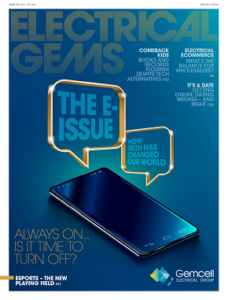
Issue 170
AUG - SEPT 2022

Issue 169
JUN - JUL 2022

Issue 168
APR - MAY 2022
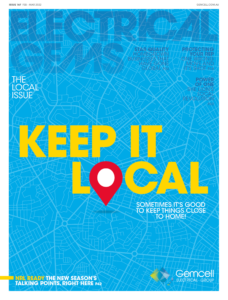
Issue 167
FEB - MAR 2022

Issue 166
DEC 2021 - JAN 2022
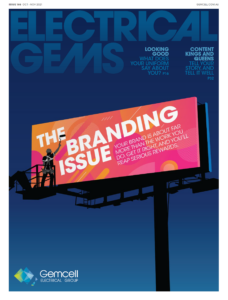
Issue 165
OCT - NOV 2021

Issue 164
AUG - SEPT 2021

Issue 163
JUN - JUL 2021
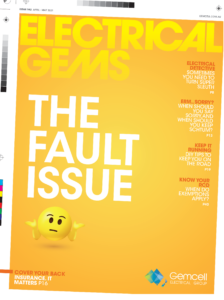
Issue 162
APR - MAY 2021

Issue 161
FEB - MAR 2021

Issue 160
DEC 2020 - JAN 2021
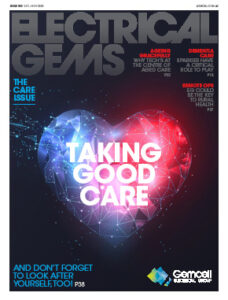
Issue 159
OCT - NOV 2020

Issue 158
AUG - SEPT 2020

Issue 157
JUN - JUL 2022

Issue 156
APR - MAY 2020

Issue 155
FEB - MAR 2020

Issue 154
DEC 2019 - JAN 2020

Issue 153
OCT - NOV 2019

Issue 152
AUG - SEPT 2019
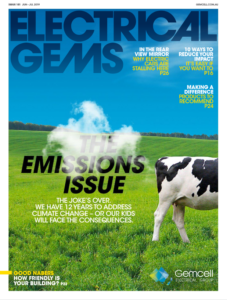
Issue 151
JUN - JUL 2019

Issue 150
APR - MAY 2019
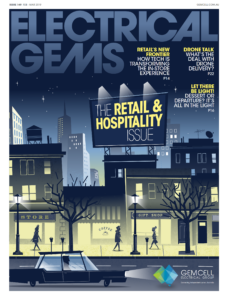
Issue 149
FEB - MAR 2019
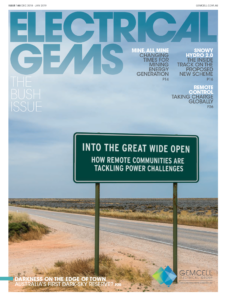
Issue 148
DEC 2018 - JAN 2019

Issue 147
OCT - NOV 2018
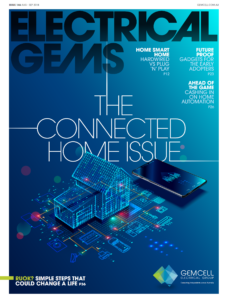
Issue 146
AUG - SEPT 2018

Issue 145
JUN - JUL 2018
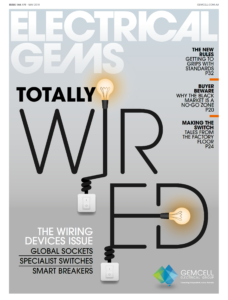
Issue 144
APR - MAY 2018
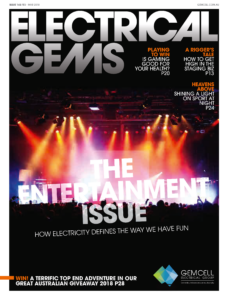
Issue 143
FEB - MAR 2018

Issue 142
DEC 2016 - JAN 2017
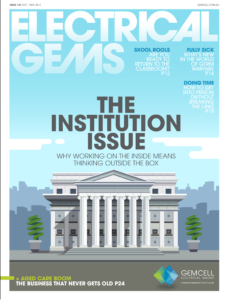
Issue 141
OCT- NOV 2017

Issue 140
AUG - SEPT 2017
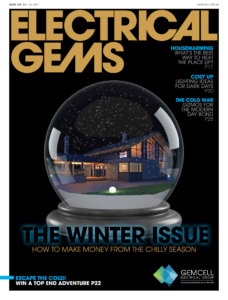
Issue 139
JUN - JUL 2017
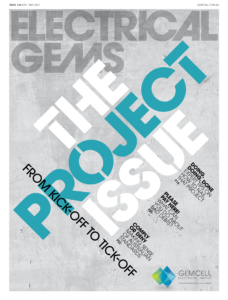
Issue 138
APR - MAY 2017

Issue 137
FEB - MAR 2017

Issue 136
DEC 2016 - JAN 2017

Issue 135
OCT - NOV 2017

Issue 134
AUG - SEPT 2016
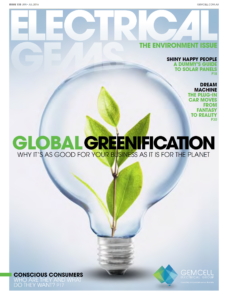
Issue 133
JUN - JUL 2016

Issue 132
APR - MAY 2016
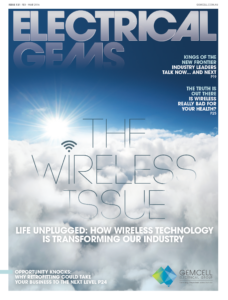
Issue 131
FEB - MAR 2016

Issue 130
DEC 2015 - JAN 2016
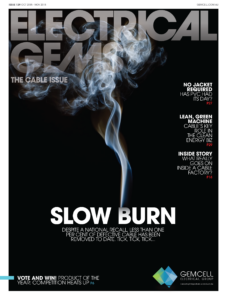
Issue 129
OCT - NOV 2015

Issue 128
AUG - SEPT 2015

Issue 127
JUN - JUL 2015

Issue 125
APR - MAY 2015

Issue 125
FEB - MAR 2015
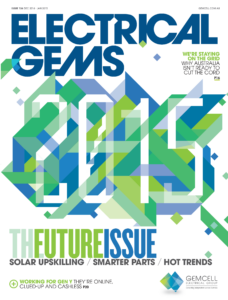
Issue 124
DEC 2014 - JAN 2015

Issue 123
OCT - NOV 2014

Issue 122
AUG - SEPT 2014

Issue 121
JUN - JUL 2014
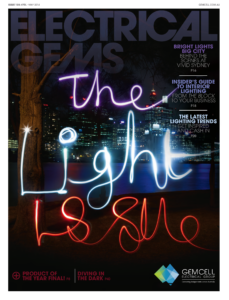
Issue 120
APR - MAY 2014

Issue 119
FEB - MAR 2014
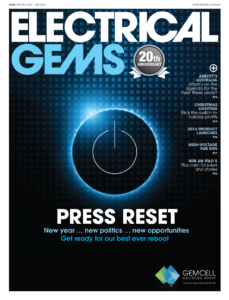
Issue 118
DEC 2013 - JAN 2014

Issue 117
OCT - NOV 2013

Issue 116
AUG - SEPT 2013

Comments (0)
Write a Comment